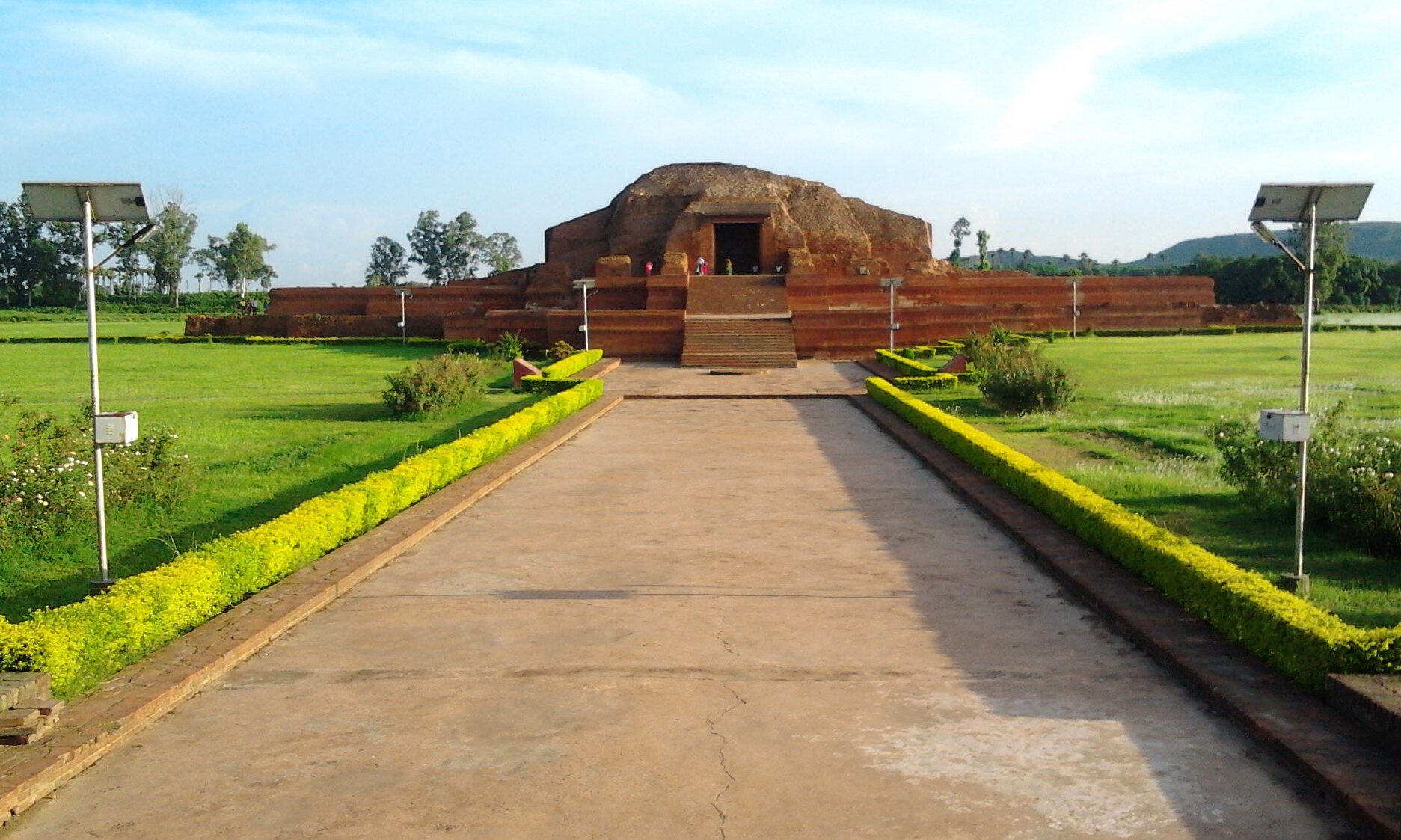वसंत पंचमी (Vasant Panchami / Saraswati Puja)
Saraswati is the goddess of learning, art and crafts. According to her different specialities she is known by different names like Bakdevi, Biraj, Sarada, Brahmi, Satarupa, Mahasweta, Sarbasukla, Prithudar, Bagiswari and, of course, Saraswati.
This festival is held on the month Magh (January - February). It is a festival celebrated by the youth, particularly students who invoke the blessing of the goddess for success in learning, art and crafts. Through out Ang-Pradesh Saraswati Puja is celebrated in all educational institutions as well as homes. The images of goddess of learning are worshipped.
According to the Matsya Purana, Saraswati evolved from the mouth of Brahma. Such was her beauty and grace that Brahma pursued her. As she fled in different directions a head appeared and so Brahma is attributed with five heads. She was the most unique creation of Brahma. Saraswati is our equivalent of classical goddess Minerva and also the Teutonic Goddess Fira. The moon and the lotus…
Read more
about वसंत पंचमी (Vasant Panchami / Saraswati Puja)



















